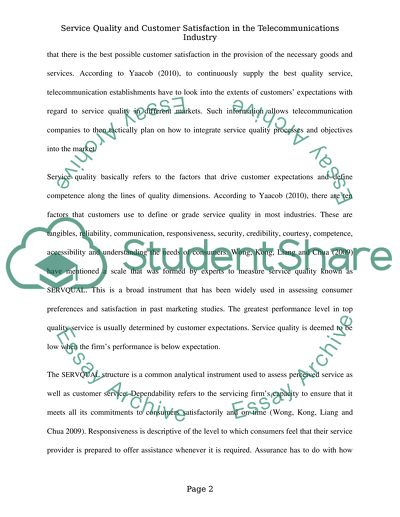Cite this document
(“Evaluating service quality and customer satisfaction in a telecom Literature review”, n.d.)
Evaluating service quality and customer satisfaction in a telecom Literature review. Retrieved from https://studentshare.org/marketing/1470715-evaluating-service-quality-and-customer
Evaluating service quality and customer satisfaction in a telecom Literature review. Retrieved from https://studentshare.org/marketing/1470715-evaluating-service-quality-and-customer
(Evaluating Service Quality and Customer Satisfaction in a Telecom Literature Review)
Evaluating Service Quality and Customer Satisfaction in a Telecom Literature Review. https://studentshare.org/marketing/1470715-evaluating-service-quality-and-customer.
Evaluating Service Quality and Customer Satisfaction in a Telecom Literature Review. https://studentshare.org/marketing/1470715-evaluating-service-quality-and-customer.
“Evaluating Service Quality and Customer Satisfaction in a Telecom Literature Review”, n.d. https://studentshare.org/marketing/1470715-evaluating-service-quality-and-customer.


